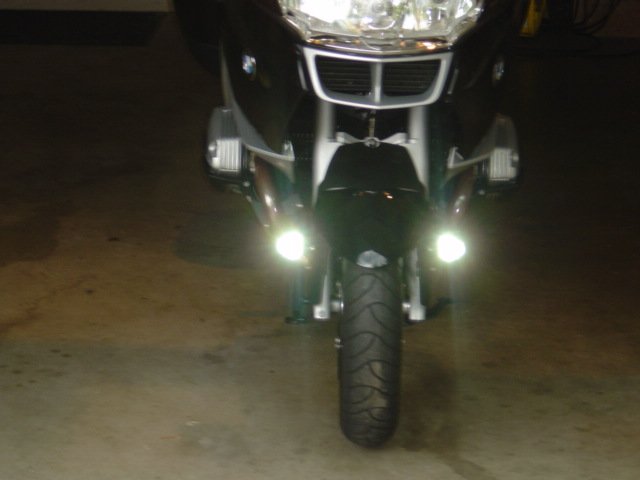Stig
Tame Racing Driver
I would like to add a set of Denali LED driving lights to my RT. Can anyone point me in the right direction for a bolt-on mount like this one, which is for an F800ST. I would like something that mounts underneath the oil cooler using the existing inner fairing bolts. I've also looked at the Ezy-Mount product, but I'm not crazy about drilling the fairing. Could a self tapping screw be used instead of drilling?
Any suggestions would be greatly appreciated!
Any suggestions would be greatly appreciated!






